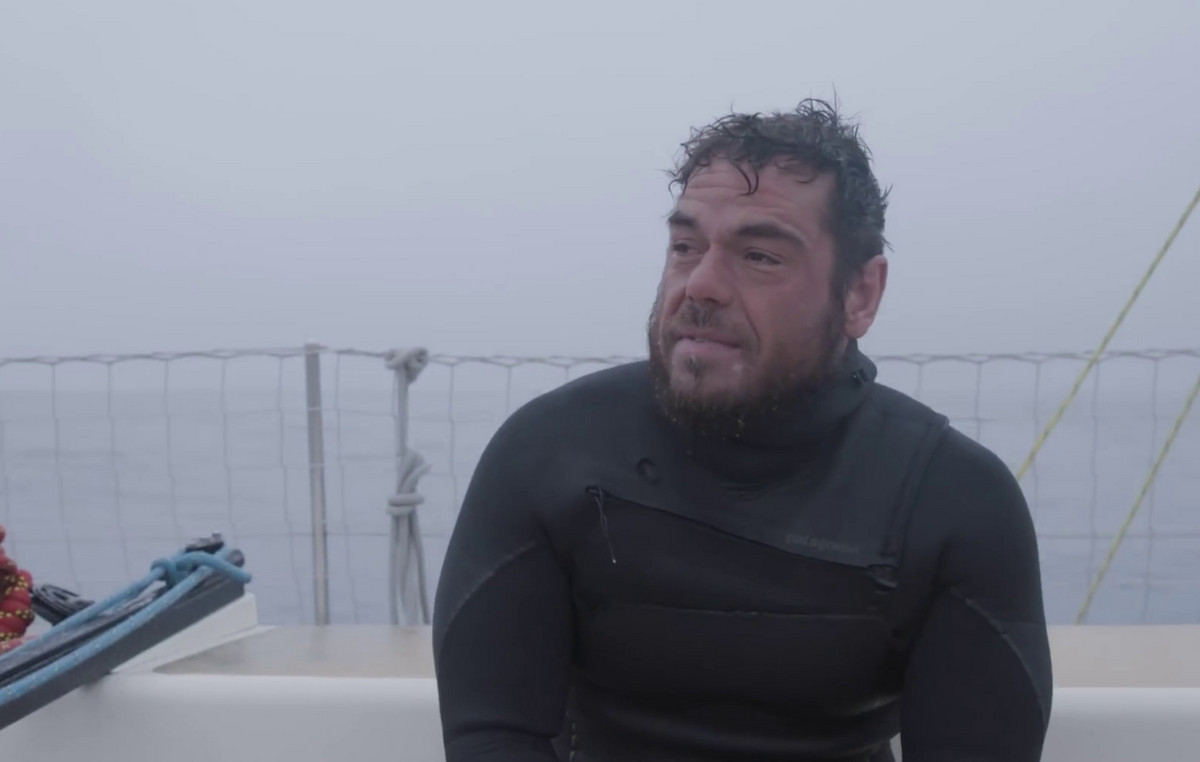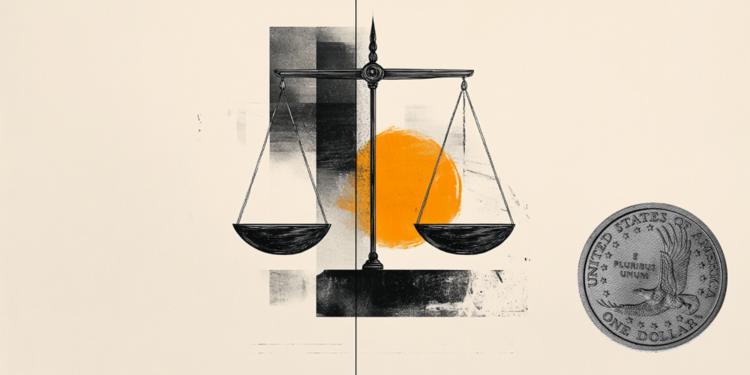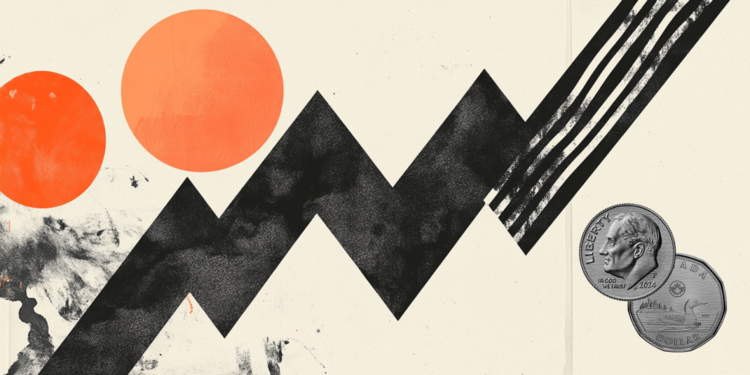That very little is infected outdoors is nothing new. Now a series of data released byHealth Protection Surveillance centre Irish then published a couple of days ago by the Irish Times add an even clearer element: solo one in a thousand cases would be attributable, in the country, to the outdoor transmission. Telling it while many regions are in the red zone, with the strategy of home containment, and when even some mayors have chosen to close parks, gardens, beaches or waterfront makes a certain impression. In other words, it leads to the question with increasing urgency whether, after a year, this can still be the right strategy.
According to the survey of 232,164 cases of SARS-CoV-2 infection detected in Ireland just 262 would have been linked to an outdoor broadcast opportunity, that means 0.1% of the total for a total of just 42 outbreaks associated with gatherings outside the home. Not only that: half would concern the building sites, with 124 cases out of 262, certainly very different contexts from a walk or an outdoor event. The other half, 131 infections, would instead be linked to sports activities although the authority explained that “it is not possible to determine where the transmission took place” with certainty. What does it mean? That yes, those people have triggered outbreaks related to mainly outdoor activities but the spark could have occurred at specific times, for example during a lunch break for workers or indoors for a coffee for sportsmen.
It is not, as we said, a novelty. The chance of getting infected outdoors is extremely lower. The same Higher Institute of Health has indicated for months the family / home, health-care and work contexts as the places with the greatest incidence (and on the second, the vaccination campaign is already bearing fruit). On the very low risk in the open, and on the often grotesque roads that the authorities have taken, there is an enlightening recent article by the sociologist Zeynep Tufecki published in The Atlantic, according to which rather than preventing us from all kinds of activities, locking us up in the house where the risk is high, the authorities should explain to us how to do things and promote outdoor activities, including events that can take place there in safety. And according to a comparative study by the University of California, the chance of contracting the virus indoors – in particular the indication of a Japanese job – is almost 19 times greater than outdoors. Mike Weed, a lecturer at the University of Canterbury, explains to the Irish Times that, based on his analysis of several thousand cases of contagion in China and Japan pre-lockdown, outdoor transmission was “so limited as to be statistically insignificant” .
Another work, published last January in the journal Environmental Research and signed by researchers from the Institute of Atmospheric and Climate Sciences of Cnr and Arpa Lombardia, again explained that the possibilities of being infected outdoors are really very low. Few risks from outdoor activities even in places of sustained circulation of the virus, always if alone or with few people and respecting the appropriate measures.
“Outdoors you can do any activity, even without a mask, just keep a distance of one and a half meters with other people – he explains to Corriere della Sera Giorgio Buonanno, full professor of environmental technical physics at the University of Cassino and at the Queensland University of Technology in Brisbane (Australia) – the risk becomes not negligible during a conversation that lasts for more than a quarter of an hour, without a mask, between several people facing each other, which is why aperitifs, even outdoors, are a problem. If, on the other hand, you are faced with a person who is only breathing, even at a distance of one meter the risk of contagion is negligible ».
This is because the amount of aerosol inhaled is minimal and dissolves within one and a half meters (last autumn a study by the University of Amsterdam had explained that this route of transmission, that is airborne via aerosol of tiny particles, it is possible but not frequent or efficient) and the droplets of mucus and saliva emitted by talking, breathing or screaming that carry the viral particles (and which are heavier than aerosol, size in diameter greater than 5 micrometers) it is rare that they fall more than 50 centimeters / one meter from the issuer. In addition, outside the body, virions degrade over time and due to atmospheric agents, losing the protective capsule that contains the RNA.
Obviously, you must always have common sense: this does not mean that you can do anything outdoors, in large numbers and without respecting hygiene and distance. Contact sports, for example, are something else. But in cases where you are close in a limited way, the risks would still be contained. The Irish data, for the sake of completeness, also indicate that for 20% of the total cases it was not possible to trace the transmission context.
Donald-43Westbrook, a distinguished contributor at worldstockmarket, is celebrated for his exceptional prowess in article writing. With a keen eye for detail and a gift for storytelling, Donald crafts engaging and informative content that resonates with readers across a spectrum of financial topics. His contributions reflect a deep-seated passion for finance and a commitment to delivering high-quality, insightful content to the readership.







